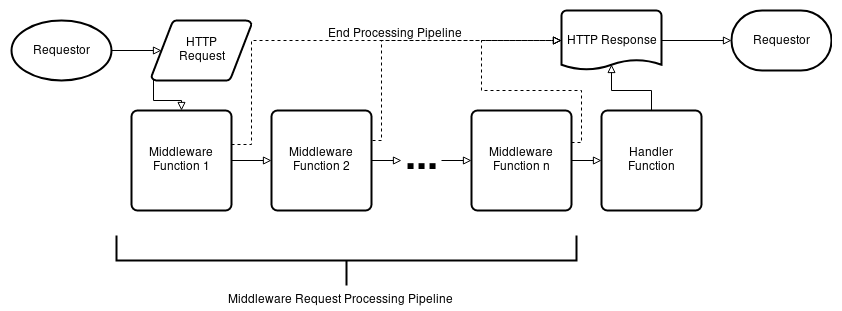Of the most compelling reasons to use a web application framework for a project, the most important is that it offers clean, organized code. Frameworks offer defined structure for application development, as well as helpful functionality that minimizes the energy the developer has to use to create an application. Within an Echo project, the developer has the flexibility in implementation and project structure.
We will begin by diving into an example of an Echo project. Once we have the basic directory structure of our application defined, and the reasoning for the structure in place, we will begin to explore some fundamental building blocks and features of Echo in our example project. Firstly, we will cover target-path routing and application-handler development. Then, we will explain a high-level overview of the most commonly used features within Echo...






































































